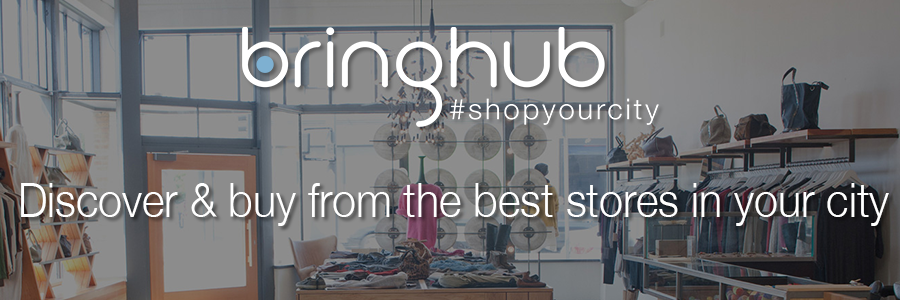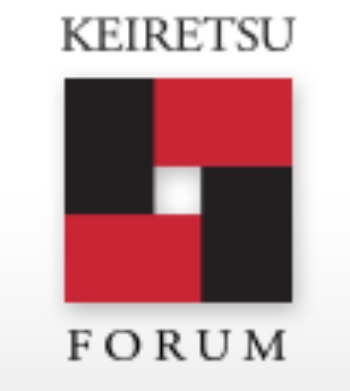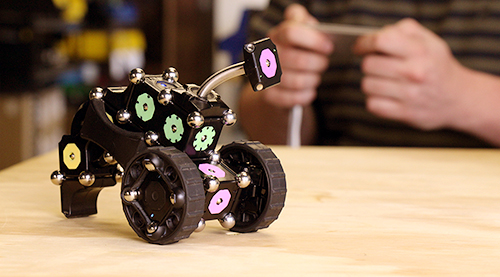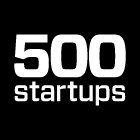As if startup life isn’t crazy enough. The Pantelides brothers decided to build the alpha product of their social marketplace from 3 different cities in 2 different countries.
Now they’re all in the same city–LA–and looking forward to the launch of bringhub, a platform that allows shoppers to discover local shops while enjoying the ease of online shopping and same day delivery. They will be launching a private beta later this month in LA, but they have ambitious expansion plans after they prove their model.
bringhub could be the bridge between the local movement and the “now economy.”
Check out our Q&A with cofounder and COO Philip Pantelides:
What does your company do?
Discover, Shop, Deliver
bringhub is a social marketplace that enables people to discover the best shops in their city, share with communities they trust and purchase products, delivered conveniently on the same day.
We connect shops in cities with their interest groups through a unique social networking experience. Our platform is developed around a social interest graph built specifically for shopping, so users & shops can make recommendations to people who are the most interested. Shops can have closer interaction with their customers, who have a more immersive online purchasing experience. Our beautiful SHOP WINDOWS marketplace lets users experience the store in the next best way to a real visit & gives retailers a new distribution channel to showcase their store.
Our positioning as an aggregator for courier partners both offline (Local courier companies) & online (e.g. postmates, deliv, Uber, Lyft…) allows us to offer same day delivery at an affordable price to customers (starting at just $6.99). We utilize existing infrastructures & improve the productivity of individual retail locations, making them more profitable & therefore bringing back revenues to the region. Our approach allows these local retailers to compete with national e-commerce companies due to the effective use of a location-based distribution tool, negating the need for high warehousing overheads. The supply chain becomes more efficient, resulting in the acceleration of delivery times for customers.
Who are the founders, and what are their backgrounds?
We are the Pantelides brothers: Dominik, Oliver & Philip.
As brothers we have naturally known each other for a long time & as a result work exceptionally well together. Previously, each of us took a separate path, gathering extensive experience in different areas. Now with bringhub our combined and complementary skill sets, passion and love for creativeness are our driving force to success.
We bootstrapped bringhub & built an alpha version of our product from three different cities and two different countries, all with the power of online collaboration tools – proving our team dynamics & productivity.
Where are you based?
We are based in and will be launching bringhub in Los Angeles, CA. Due to the lack of public transportation, a spread out & diverse population, & a large number of great shops, LA is the perfect starting point for bringhub. We hope to bring revenue back to regional retail through the convenience of same day delivery, a more immersive online shopping experience, & the social discovery of shops in the city.
What problem do you solve?
It is difficult to discover great shops around us – current platforms such as yelp are ineffective at showcasing stores in a way that is satisfactory to retailers & ratings can be easily swayed by paid for or fake reviews. People want an emotional online shopping experience, convenience & faster product delivery – people expect convenience & a great product experience as standard with the development of the “Now Economy”. Social e-commerce is still not a personal experience and does not represent real life buying behaviors. City retailers are looking for new distribution channels to compete with e-commerce & need a better way to communicate with their customers online. The courier industry is in need of new business revenues, with the decline of document delivery.
Why now?
Shopping promenades, malls and high streets have steadily decreasing revenues due to e-commerce becoming simple and comfortable. We are bringing back business to our cities through a new kind of social marketplace combining community and convenience.
Currently, people have limited options for shopping and sharing stores & products with people they trust in their cities. Although there is a current focus on location-based online shopping, flash sales or discount models are proving to be unsustainable & no one has quite found the secret sauce to represent stores online. Price value is the key & great physical stores always offer a more personal buying experience than traditional e-commerce.
There are two facets of localized retail: Customer service values & high quality products. Social e-commerce is the solution to transfer this experience from brick & mortar to the web. Retail marketing through current social media channels does not have a good ROI due to the message being lost in the noise. With bringhub stores & brands can target marketing to the people who are most interested in purchasing products to achieve better conversions. Same day delivery has been dubbed the savior of brick & mortar. However current models based on high courier commissions or in-house delivery fleets are unsustainable. bringhub makes same day delivery affordable, scalable & sustainable.
What are some of the milestones your startup has already reached?
bringhub is proud to partner with laedc.org & the Los Angeles Chambers of Commerce who endorse our vision of bringing revenue back to local retail. We have recently partnered with on of LA’s largest couriers Now Courier Services. bringhub now has access to over 300 couriers to execute same day delivery in the Los Angeles area ready for launch. bringhub is currently selecting & partnering with the best stores in LA. If you have a recommendation for a store you love please tweet us @bringhub or email us at hello@bringhub.com. If your store would like to be showcased on bringhub for free please visit http://bringhub.com/Partner/ for further details.
What are your next milestones? Where can people find out more? Any social media links you want to share?
bringhub will be launching in Los Angeles this Fall please sign up at http://bringhub.com/ to be the first to #shopyourcity.
In the mean time connect with us on fb.com/bringhub or tweet us@bringhub and tell us how much you #loveyourcity. To follow the bringhub journey please check out http://blog.bringhub.com/.





 It’s really hard to teach someone how to hire, how to manage, and how to lead. Like many things, it’s usually best to learn on the job, practice, and improve after making a lot of mistakes along the way. The problem is, as a startup, you can’t afford to make a lot of mistakes when hiring. You also can’t afford to wait too long to hire when the business is scaling quickly.
It’s really hard to teach someone how to hire, how to manage, and how to lead. Like many things, it’s usually best to learn on the job, practice, and improve after making a lot of mistakes along the way. The problem is, as a startup, you can’t afford to make a lot of mistakes when hiring. You also can’t afford to wait too long to hire when the business is scaling quickly.









